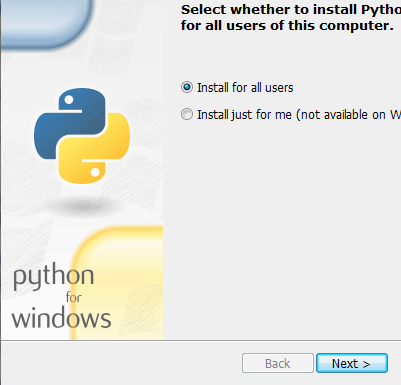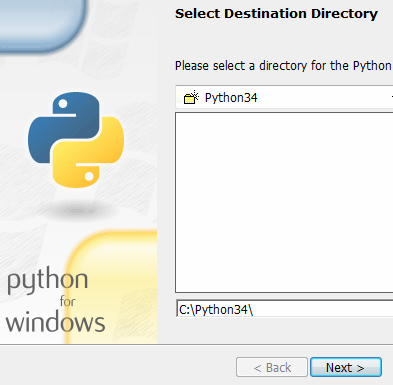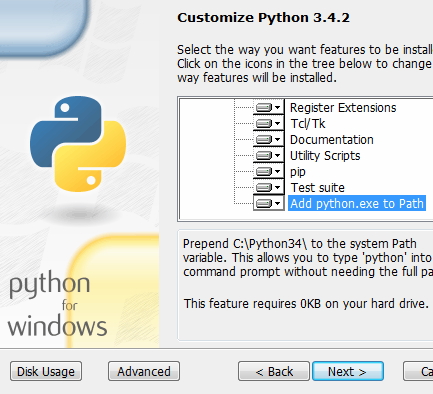Python is an interpreted, interactive, object-oriented programming language. It incorporates modules, exceptions, dynamic typing, very high level dynamic data types, and classes. Python combines remarkable power with very clear syntax. It has interfaces to many system calls and libraries, as well as to various window systems, and is extensible in C or C++. It is also usable as an extension language for applications that need a programmable interface. Finally, Python is portable: it runs on many Unix variants, on the Mac, and on Windows 2000 and later.
To find out more, start with The Python Tutorial. The Beginner’s Guide to Python links to other introductory tutorials and resources for learning Python.
Installing Python is generally easy, and nowadays many Linux and UNIX distributions include a recent Python. Even some Windows computers (notably those from HP) now come with Python already installed. If you do need to install Python and aren’t confident about the task you can find a few notes on the BeginnersGuide/Download wiki page, but installation is unremarkable on most platforms.
If you want to know whether a particular application, or a library with particular functionality, is available in Python there are a number of possible sources of information. The Python web site provides a Python Package Index (also known as the Cheese Shop, a reference to the Monty Python script of that name). There is also a search page for a number of sources of Python-related information. Failing that, justGoogle for a phrase including the word ”python” and you may well get the result you need. If all else fails, ask on the python newsgroup and there’s a good chance someone will put you on the right track.
Python is used in many application domains. Here’s a sampling:
- Web and Internet Development
- Scientific and Numeric
- Education
- Software Development
- Business Applications
ScreenShoot Installation:




Download Link:
